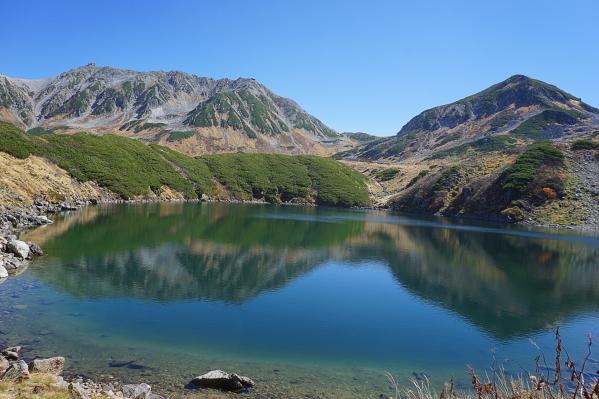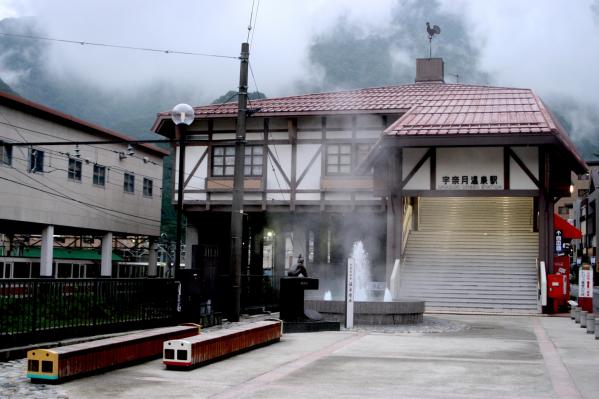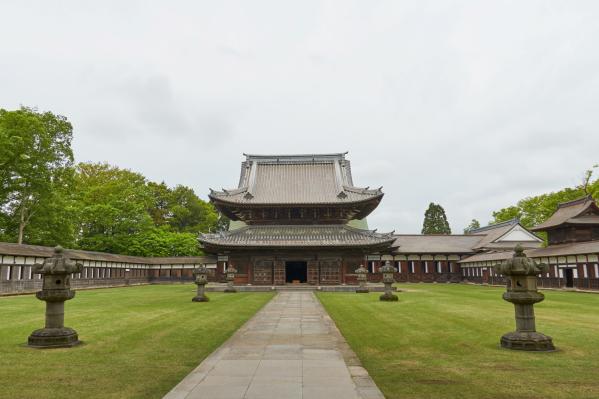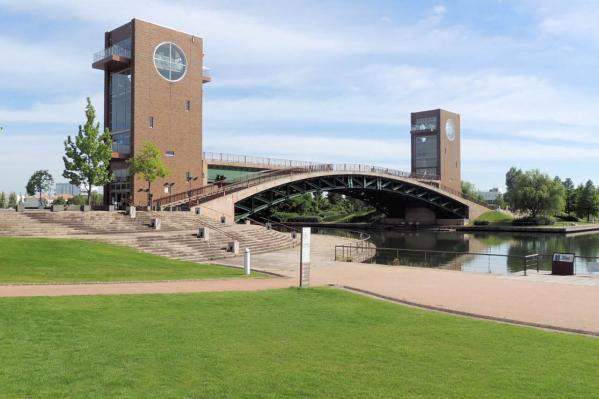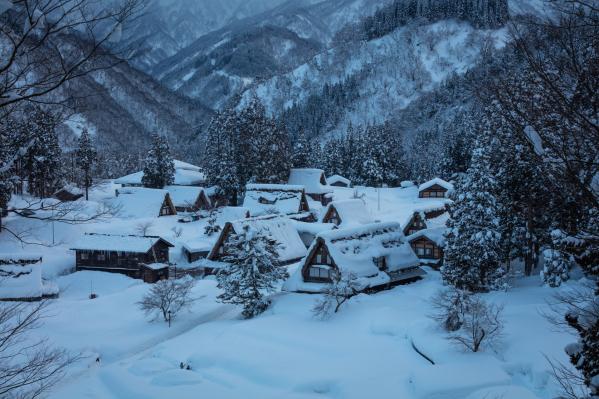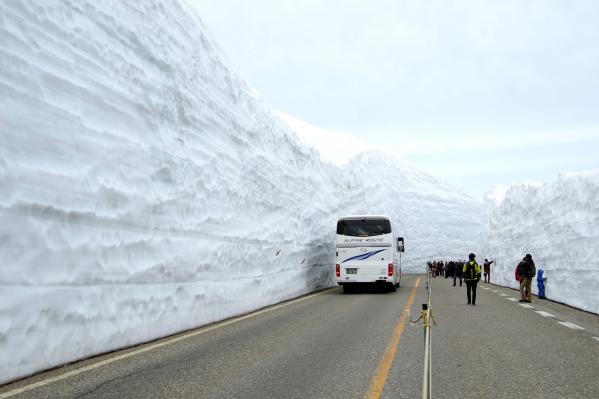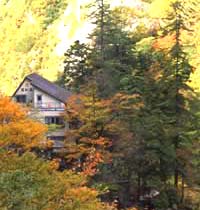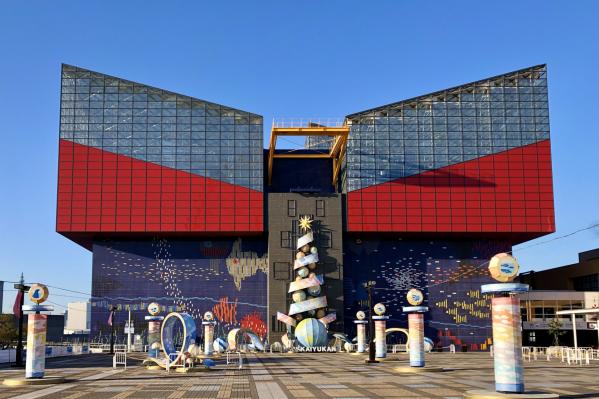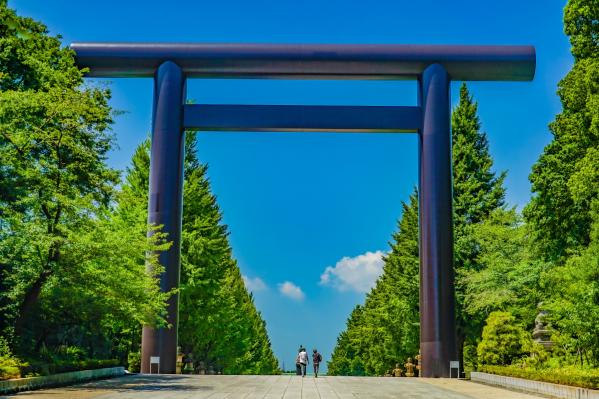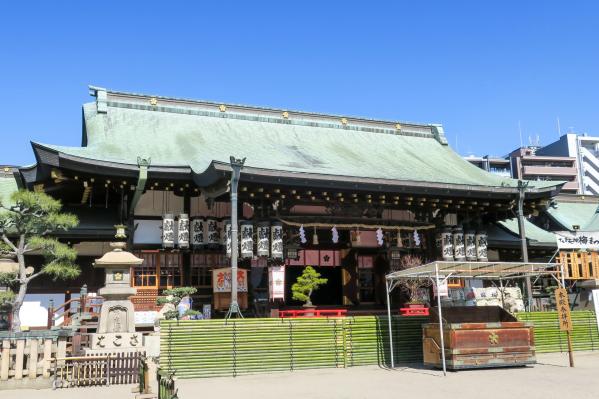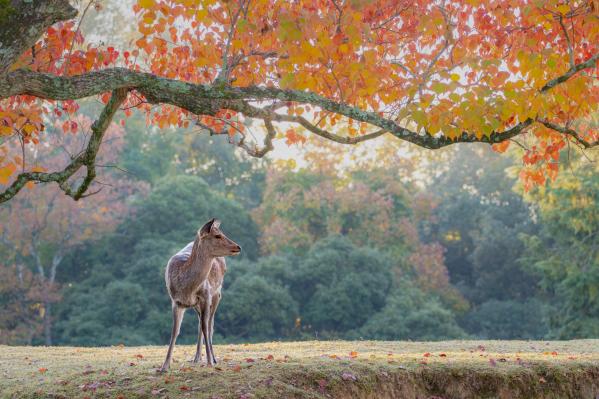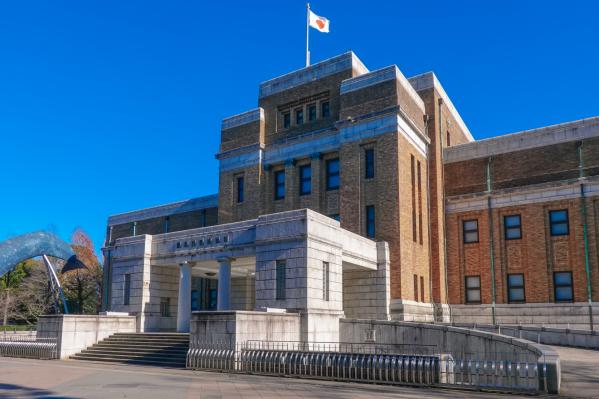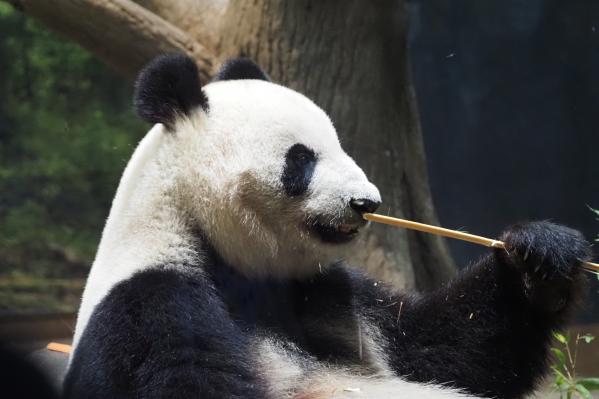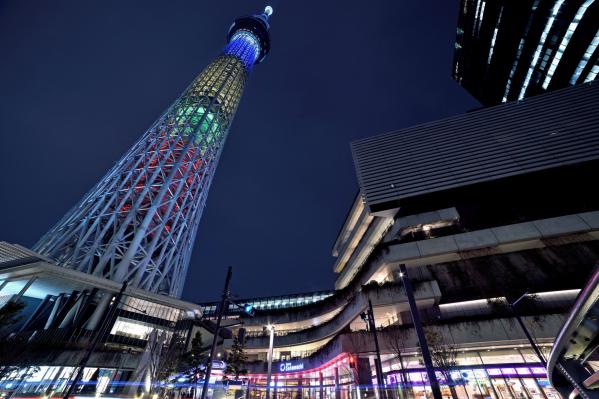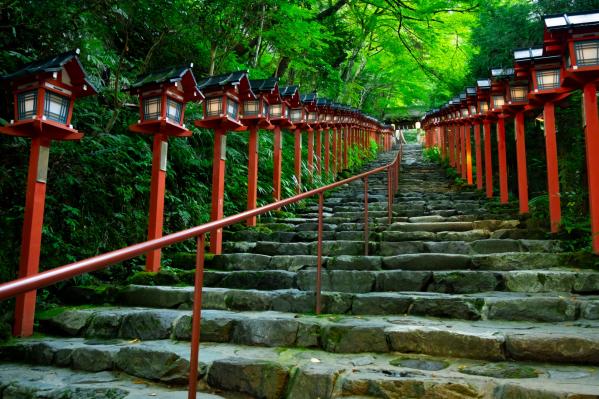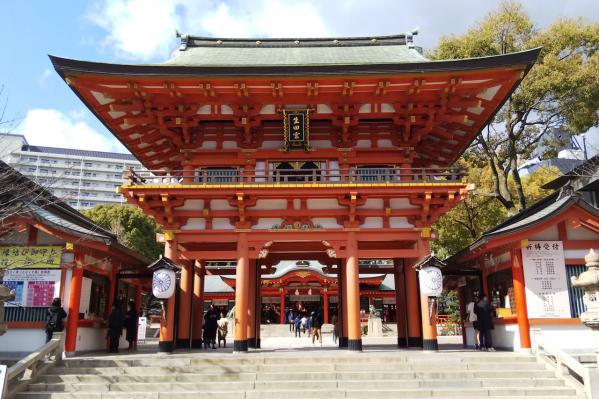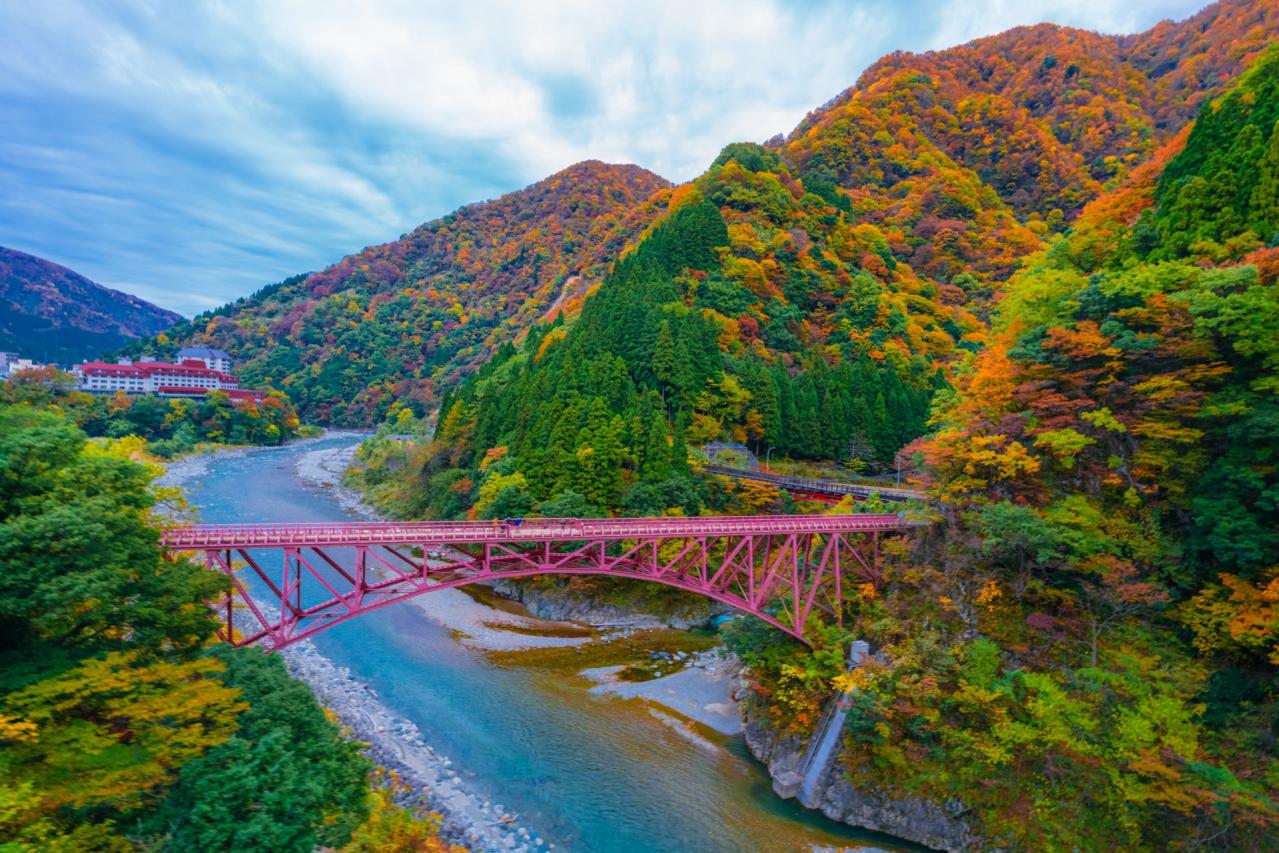
Kurobe Gorge
One of its most attractive features is the "Kurobe Gorge Railway," which operates approximately 20 kilometers from Unazuki to Keyakidaira at an average speed of 16 kilometers per hour. This unique train uses a narrow gauge (track width of 762mm) and is a rare sight in Japan. From the windowless cars, passengers can enjoy breathtaking natural beauty, including the striking crimson surface of Lake Unazuki and the 60-meter-high Backward Bridge.
Designated as a special scenic spot and a special natural monument in 1964, this gorge is closed in winter but attracts many tourists from mid-April to the end of November. The autumn foliage is particularly stunning and is considered the best season to visit. At each station, visitors can also enjoy limited edition products and local cuisine.
Formed by years of erosion and natural beauty, the Kurobe Gorge was once a hidden gem that people could not easily approach, but it has now become one of Japan's premier mountain tourism destinations. Why not experience the grandeur of Kurobe Gorge's natural beauty while enjoying the stunning scenery of the changing seasons aboard the trolley train?
Basic Information
- Spot Name
- Kurobe Gorge
- Location
- 〒938-0293 11, Kurobe Gorge Entrance, Kurobe City, Toyama Prefecture, Japan
- Access
- About a 5-minute walk from Toyama Chihō Railway Unazuki Onsen Station.
Approximately a 20-minute drive from the Kurobe IC on the Hokuriku Expressway. - Parking
- Parking fees (one-time on the day): Regular car 1,000 yen (about 350 vehicles), motorcycle 500 yen, bus 2,000 yen (about 30 vehicles)
- Business Hours
- Unazuki first train: 8:17 AM - last train: 2:56 PM (Please note that the operating section and hours may change depending on the season.)
- Regular Holiday
- Closed from December to mid-April (subject to change depending on snowfall).
- Fees
- "Toroku Train": [Unazuki Station - Keyakidaira Station Round Trip] Adults 3,960 yen, Elementary School Students 1,980 yen (varies by car type; various discounts are also available)
Ticket reservation: 0765-62-1011 (Kurobe Gorge Railway Sales Center) or ticket reservation website - Contact Information
- Phone Number:0765-62-1011(黒部峡谷鉄道 営業センター(9:00〜17:00))
- Official Website
Map
Detailed Information
▶ The Hidden Face of the Kurobe Gorge
The Kurobe Gorge originates from Mount Washiba, located almost in the center of the Northern Alps, and forms a grand canyon with a deep, steep V-shaped valley. The Kurobe River flows down this canyon for 86 kilometers, with an elevation difference of 3000 meters. It was designated as a part of Chubu Sangaku National Park in December 1934. The canyon, deeply carved by the erosion of the Kurobe River, lies between the Tateyama Mountain Range (including Tateyama, Kumotori, and Yakushi) and the Hohokushin Mountain Range (including Hakuba, Goryu, and Kashimayari) and eventually flows into the Japan Sea, collecting numerous streams known as "Yachiyadani."
The average gradient of the Kurobe Gorge basin is very steep at 36 degrees, with sections having slopes between 30 and 45 degrees making up about 70% of the area. Additionally, since the area is a heavy snowfall zone, the water volume of the Kurobe River remains high throughout the four seasons, characterized by a steep river gradient averaging 1/40 and a fast current. The Kurobe River is also known for its clear waters, with the groundwater in the spring water area at the fan's edge being chosen as one of the "One Hundred Famous Waters in Japan."
▶ History
Kurobe Gorge is the deepest and largest canyon in Japan, carved over many years by the Kurobe River flowing between the Tateyama and Hohokushin mountain ranges. This rugged valley and harsh nature have long kept people away. The serious development of hydropower here began with the establishment of Toyo Alumina Co., led by Dr. Joko Takamine, known for his invention of Takadiastase. The company was established on December 7, 1919.
In 1922, Nippon Electric Power Co., Ltd. took over this project, and in 1923, commenced construction of a railway to transport materials for power plants in the Kurobe River system between Unazuki and Neko Mata (11.8 km). Following this, the following timeline of services commenced:
- October 1926: Service began between Unazuki and Neko Mata
- August 1930: Service began between Neko Mata and Koyahira
- July 1937: Service began between Koyahira and Keyakidaira
The railway was later transferred from Nippon Electric Power Co., Ltd. to Nippon Transmission Power Co., Ltd. in 1941, and then to Kansai Electric Power Co., Ltd. in May 1951 due to post-war electricity restructuring. Although this railway was primarily used for material transport, from the beginning, local residents were allowed to ride for free under the "free ride" policy.
Starting in 1929, in response to the increasing number of tourists, it was permitted to charge for rides, leading to a general opening to the public until it was prohibited in October 1951. A notice at that time read, "We do not guarantee any safety regarding the free ride."
Later, there was a growing demand from the local community and visitors who loved the natural beauty of Kurobe to use this railway for tourism. Thus, on November 5, 1953, Kansai Electric Power Co., Ltd. started operating officially as the "Kurobe Railway" under the Local Railway Business Act.
With the increase in passengers, the operations of the "Kurobe Railway" shifted from focusing on transporting hydropower materials and personnel to passenger transport. In May 1971, a new company, Kurobe Gorge Railway Co., Ltd., was established as a subsidiary of Kansai Electric Power, receiving permission to transfer local railway operations, commencing services on July 1 of the same year.
Since then, the line has been affectionately referred to as the "Trolley Train," continuing to operate to this day.
#Waterfalls, valleys, limestone caves #Sightseeing boat/vehicle
Kurobe Gorge Movies
Toyama Tourist Attractions
View ListMikurigaike
Mikuri Lake, with its clear and beautiful surface, is a symbol of Murodou and is regarded as the most beautiful volcanic lake in the Northern Alps. This lake, formed...
Kurobe Dam
The Kurobe Dam is one of Japan's largest dams and is often referred to as "the great undertaking of the century" due to its scale and the difficulty of its construct...
Unazuki Onsen
"Unazuki Onsen" is a renowned hot spring resort located at the entrance of the Kurobe Gorge in Toyama Prefecture, which opened in 1923. Once an uninhabited plateau c...
Kokuhō Kōkōzan Zuiryūji
Takaokayama Zuiryuji is the temple dedicated to Maeda Toshinaga, the second head of the Kaga Maeda clan and the founder of Takaoka. It was established by Maeda Toshi...
Toyama Glass Art Museum
The Toyama Glass Art Museum, a symbol of the "City of Glass," is located within "TOYAMA Kirari," designed by Kengo Kuma. In the permanent exhibition "Glass Art Garde...
Fugan Ungekan Suikoen
Togigawa Canal Park, surrounded by the Togigawa Canal, is a lush waterside space located about a 9-minute walk from Toyama Station. From the observation tower of the...
World Heritage Ainu Village of Traditional Housebuilding
The World Heritage Site "Aikura Gassho-zukuri Village" is a beautiful place that preserves Japan's original scenery. It features gassho-zukuri buildings that date ba...
Tateyama Kurobe Snow Festival
The "Tateyama Kurobe Alpine Route," which runs through the Northern Alps with peaks rising over 3,000 meters, is known for its spring event, the internationally reno...








